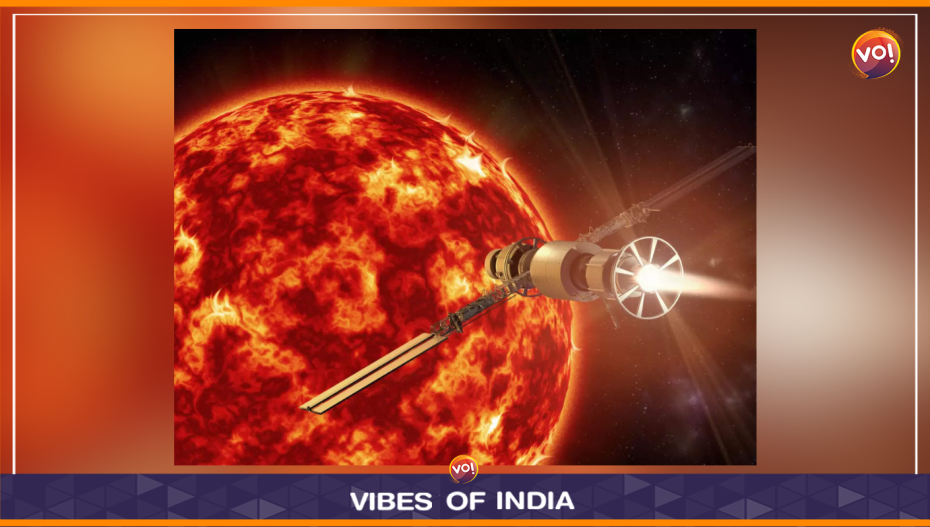Days after Chandrayaan-3’s historic success, which landed on the Moon’s south pole last Wednesday, Indian Space Research Organisation (ISRO)’s first-ever solar mission Aditya L1 is set to be launched from Andhra Pradesh’s Sriharikota on September 2 at 11.50 am.
ISRO aims to place the craft in a “halo orbit around the Lagrange point 1 (L1) of the Sun-Earth system, which is about 1.5 million km from the Earth.” ISRO will study the impact of solar activities on space weather in real-time. The other key objectives of the unmanned mission also include understanding “coronal heating, coronal mass ejection, pre-flare and flare activities and their characteristics, dynamics of space weather, propagation of particles and fields, etc,” the space agency explained.
The journey to the designated mission site is a staggering 1.5 million km from the Earth and will take about four months to cover, ISRO said.
The spacecraft will be initially placed in a low earth orbit.
“Subsequently, the orbit will be made more elliptical and later the spacecraft will be launched towards the Lagrange point L1 by using on-board propulsion,” ISRO said. While travelling towards L1, Aditya L1 will exit the earth’s gravitational Sphere of Influence. Once out of it, its “cruise phase” will begin and the craft will be injected into a large halo orbit around L1.
The major objectives of ISRO’s first solar mission include, studying solar upper atmospheric (chromosphere and corona) dynamics; studying chromospheric and coronal heating, physics of the partially ionised plasma, initiation of the coronal mass ejections, and flares; observing the in-situ particle and plasma environment providing data for the study of particle dynamics from the Sun; and physics of solar corona and its heating mechanism.
It also aims to study magnetic field topology and magnetic field measurements in the solar corona; and drivers for space weather (origin, composition and dynamics of solar wind).
With this feat, India will enter an elite club of countries like the US, China and Japan to study the Sun from such close quarters.
Lagrange points
Lagrange points are positions in space, where the gravitational force of two celestial bodies (like the Sun-Earth) create pockets of gravitational equilibrium. This allows the spacecraft to remain in one position without having to burn fuel. There are five Lagrange points in a system like the Earth-Sun system – L1 to L5. The L1 and L2 points, closest to the planet, serve as good spots for observational studies. NASA’s James Webb Space Telescope, the successor to the famous Hubble telescope, is stationed in L2.
Also Read: Why Stringent Measures Are Necessary To Control Sabarmati Pollution













